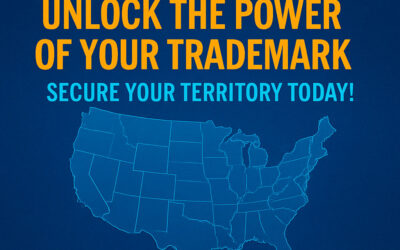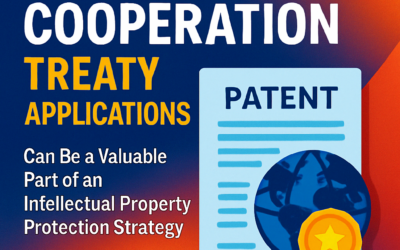To maximize the benefit, protection, and commercial value of a registered trademark, it is important to regularly check whether anybody else is using confusingly similar trademarks without permission. When determining the current strength of a registered trademark (“mark”) one important factor to consider is the presence of unauthorized, confusingly similar trademarks by others. Unauthorized use of a confusing similar trademark can reduce or eliminate the rights of a mark. Accordingly, to maintain the value in any mark, it is important to take action to eliminate any unauthorized confusingly similar trademarks that are detected.
When a trademark owner (“registrant”) fails to monitor the marketplace and take actions to stop improper infringement of the registrant’s mark, competitors may start to use similar brands on similar goods as those associated with the mark. Depending on the number of competitors, how similar their branding and goods or services are to registrant’s mark, and how long the competitors have used such branding, a court may find that registrant’s mark has been weakened and is no longer entitled to broad protection in the marketplace. This point was made by Chief Judge Nies, as follows:
Without question, distinctiveness can be lost by failing to take action against infringers. If there are numerous products in the marketplace bearing the alleged mark, purchasers may learn to ignore the “mark” as a source identification. When that occurs, the conduct of the former owner, by failing to police its own mark, can be said to have caused the mark to lose its significance as a mark. However, as an owner is not required to act immediately against every possible infringing use to avoid a holding of abandonment.
McCarthy on Trademarks, Section 17:17, “Loss of Rights.”
Wallpaper Mfrs., Ltd. v. Crown Wallcovering Corp.,
680 F.2d 755, 214 U.S.P.Q. 327 (C.C.P.A. 1982).
Some of the following tools may be used for monitoring the relevant marketplace for registrant’s mark:
- While there are many deficiencies to using Google® Alerts for trademark monitoring it is a reasonable mechanism to use in combination with another form of trademark monitoring. Properly configured, Google Alerts will notify you when your search term appears in Google search results;
- Receiving, paying attention to, and making note of information from customers, employees, and sales staff;
- Regular Internet searches by registrant to identify potential improper use of registrant’s mark;
- Regular Internet and/or online database searches by Garcia-Zamor Intellectual Property Law to identify potential improper use of registrant’s mark; and
- Use of third party watch services to generate regular reports for review by registrant and Garcia-Zamor Intellectual Property Law.
The options for third party watch services are very extensive. Various trademark information sources can be regularly monitored throughout the United States of America or even worldwide depending on a registrant’s budget. A few examples of the options available for monitoring the US marketplace are:
- Monitoring the Official Gazette to identify potentially infringing marks prior to registration by the U.S. Patent and Trademark Office (“USPTO”).
- Monitoring filed U.S. trademark applications to identify confusingly similar trademark applications before examination even begins by the USPTO.
- Monitoring changes in status of particular trademark applications.
- Monitoring potentially conflicting trademarks registered at the state level.
- Monitoring for when a company or person of interest files a trademark application with the USPTO.
The automatic monitoring of filed trademark applications can be very beneficial since it may provide early notice of another party’s use of a confusingly similar trademark. The earlier the potential problem is raised with a third party the easier the matter may be to resolve since the third party may have invested less marketing effort, finances, and strategic planning in using the trademark.
Watch services can provide very sophisticated monitoring of the marketplace beyond just looking for trademarks that are exactly the same as registrant’s mark. For example, words can be identified based on their meaning rather than an exact match. Phonetic matches of words and characters may also be identified by some watch services. Designs can be monitored for similar design and not just exact matches. Similarly particular classifications and/or goods and services can be monitored.
While obtaining a registration is a valuable initial step in protecting one’s brand, it is only a first step. To strengthen a brand and to prevent it from suddenly being of little value it is important to monitor the marketplace on a regular basis.
If you have any questions regarding: setting up trademark monitoring services, responding to improper use of similar marks by a competitor, your branding, trademarks, patents or other intellectual property matters, please contact Garcia-Zamor Intellectual Property Law, LLC.







